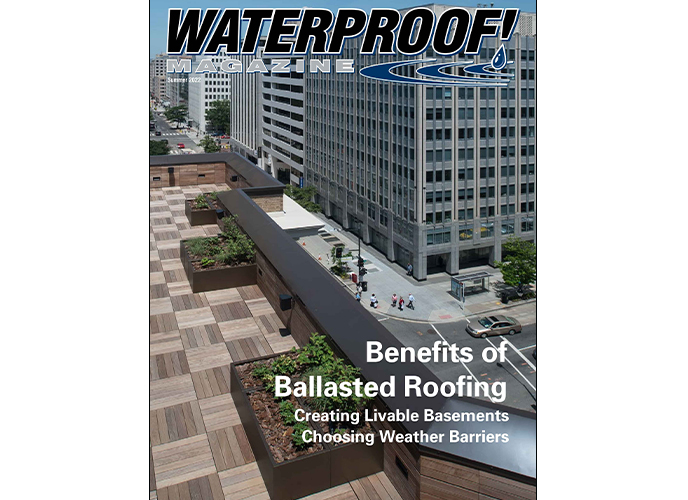John Hamati, director of technical services for American Hydrotech Inc., says the term ballast often refers to stone as the ballast, but it’s not necessarily exclusive to stone. “A ballasted roof will have the membrane installed first onto the approved substrate, then followed by the XPS Styrofoam insulation and then the proper overburden,” Hamati says. XPS Styrofoam insulation is a closed cell polystyrene that is highly moisture resistant. Placing it on top of the roofing membrane offers protection from the harsh roof environment. American Hydrotech only uses XPS in their assembly as it can resist moisture.
This assembly of the membrane first and then the XPS Styrofoam is referred to as an IRMA, or PMR — Protected Membrane Roof. Keeping the insulation down can be accomplished in different ways depending on the desired finish . . . stone ballast, pavers on pedestals, wood tiles on pedestals, or even a green assembly like a garden roof. Concrete pavers or wood tiles utilize fixed or adjustable height pedestals for support. Those pedestals can compensate for slope and be adjusted to provide a leveled surface finish to the desired height.



